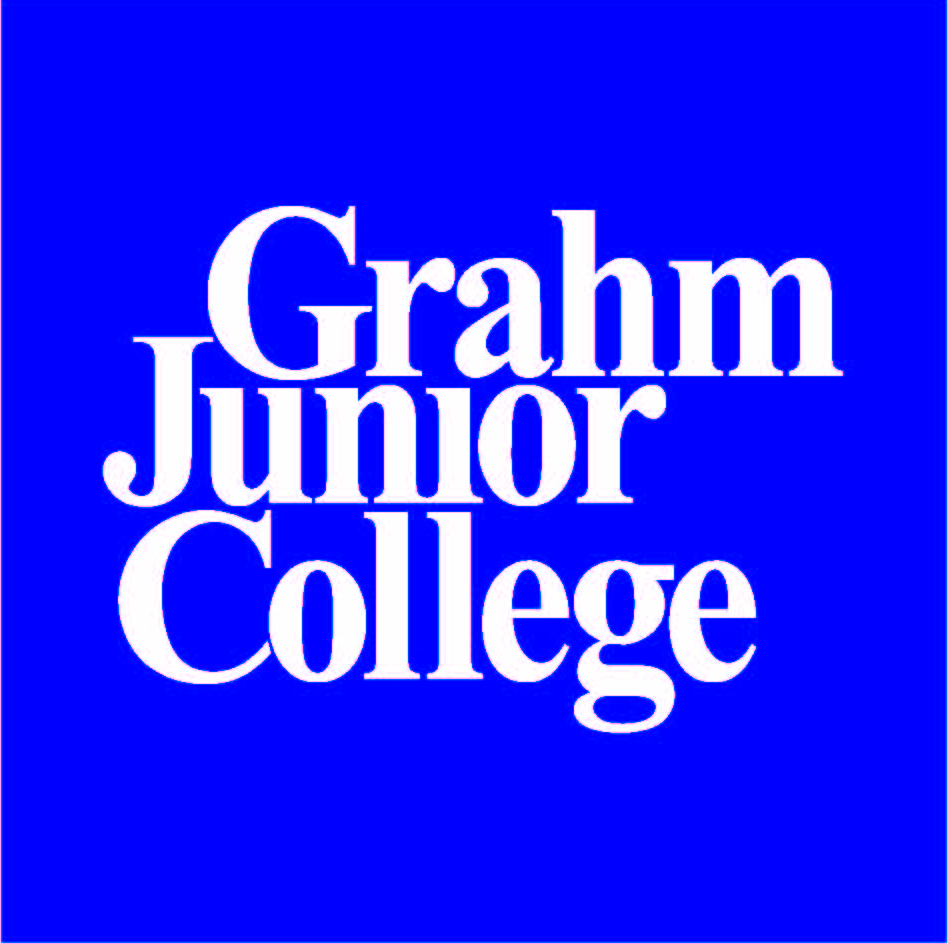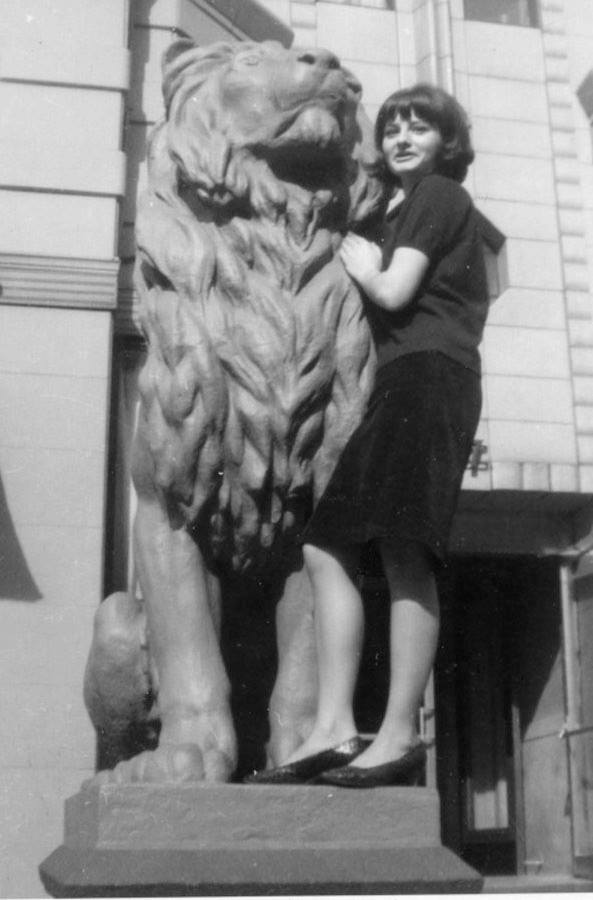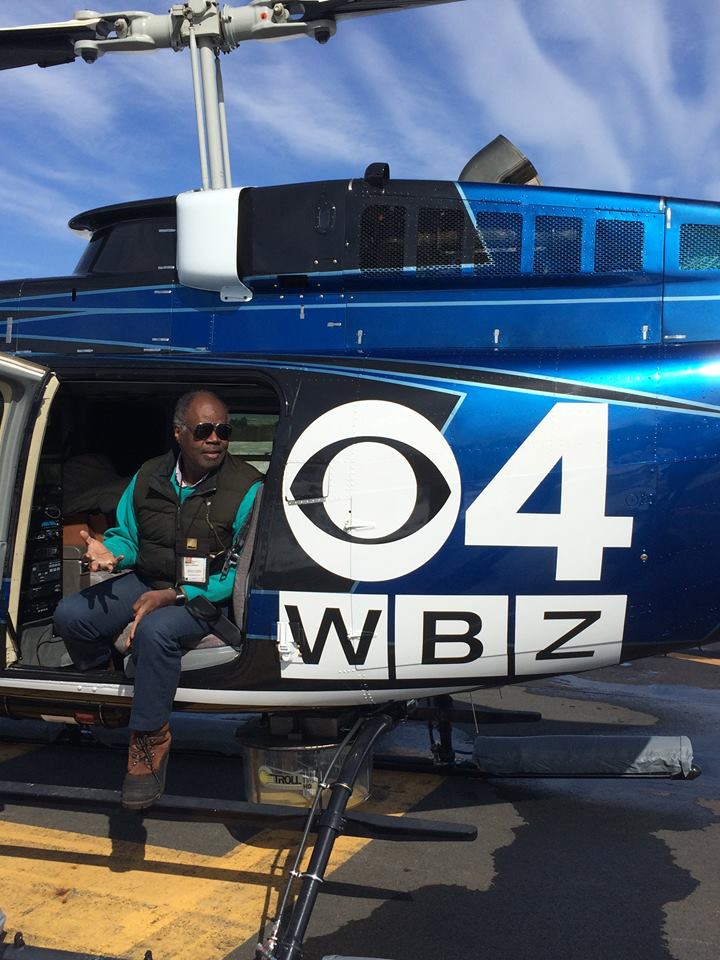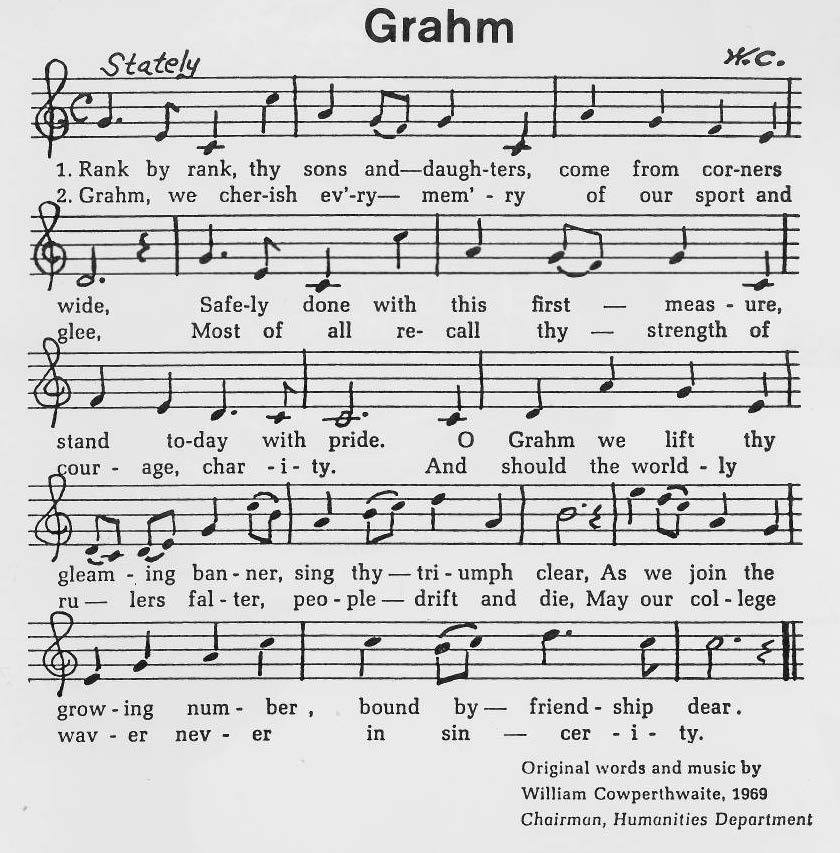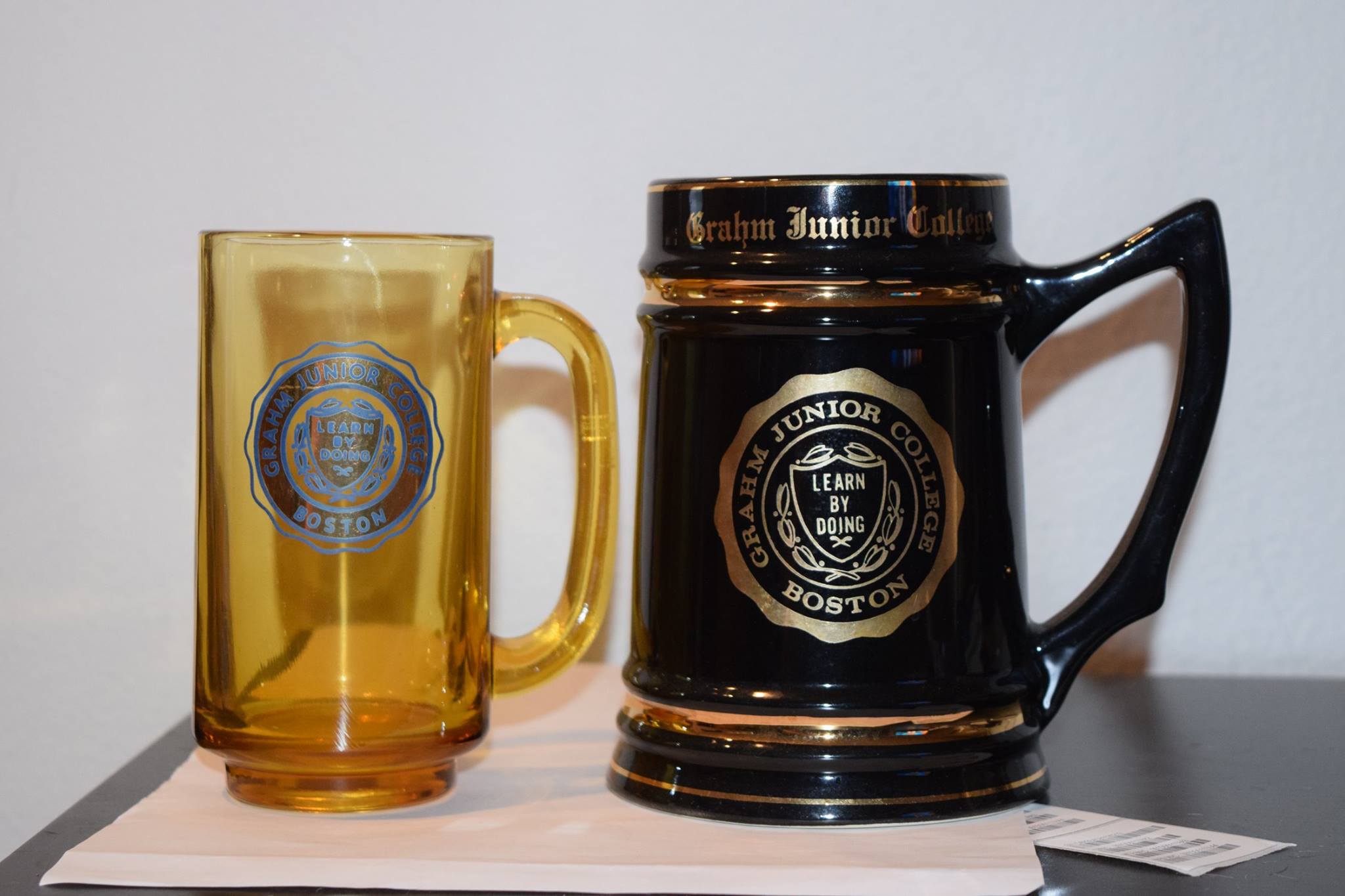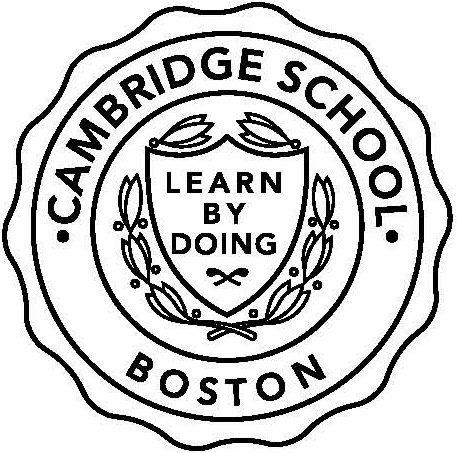Matt Hasson's Five Minute History of the Square
A History of Kenmore Square and the buildings of Grahm Junior College
by Matt Hasson
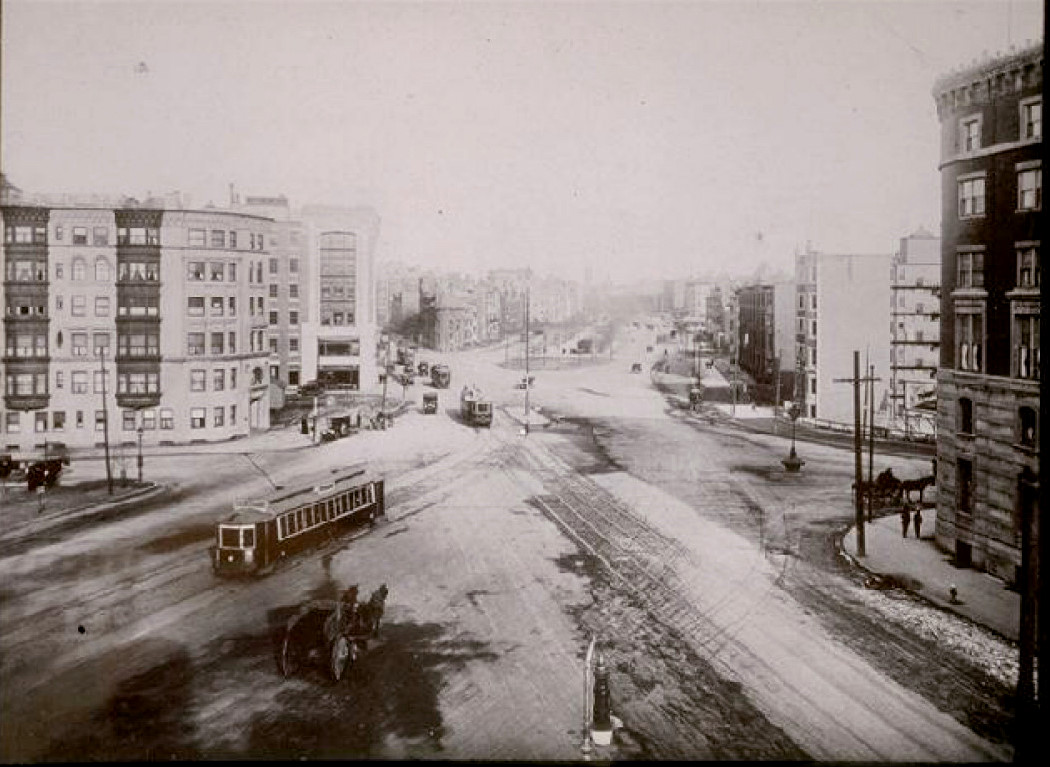
Governor's Square, circa 1915
In the 19th century the area now known as Kenmore was called Sewell's Point, located at the edge of the tidal basin called Back Bay and was connected to the rest of Boston by a narrow road that ran atop a dam running along the Charles River. The Back Bay was filled in by the late 19th century along with the Charles River dam. The former dam road became Beacon Street, which connected to Brookline Avenue. Commonwealth Avenue came soon after, and eventually 3 busy roads were converging at the newly named Governor's Square. The area soon grew with businesses and residences, and it's location with high traffic made it attractive to the hotel industry. After all, it was the gateway into Boston for those coming from Brookline and the western suburbs. On December 31, 1931, Mayor James Michael Curley signed an order changing to Kenmore Square after the Kenmore Station trolley stop at the junction of Grahm Street. Kenmore Square continued to grow in the early 20th century with apartment buildings and commercial space. The convergence of bus, trolley and later subway lines also made it an important transportation hub, which it remains today. At the time, Kenmore Square was considered to be the western gateway to the city of Boston.
HOTELS
In it's heyday the main business of Kenmore Square was hotels. At one time there was The Hotel Kenmore, Buckminster, Myles Standish, Braemore, Puritan, Charlesgate and Somerset Hotels all within 3 blocks of each other, in addition to the original Sheraton Hotel on nearby Bay State Road.
Hotel Buckminster
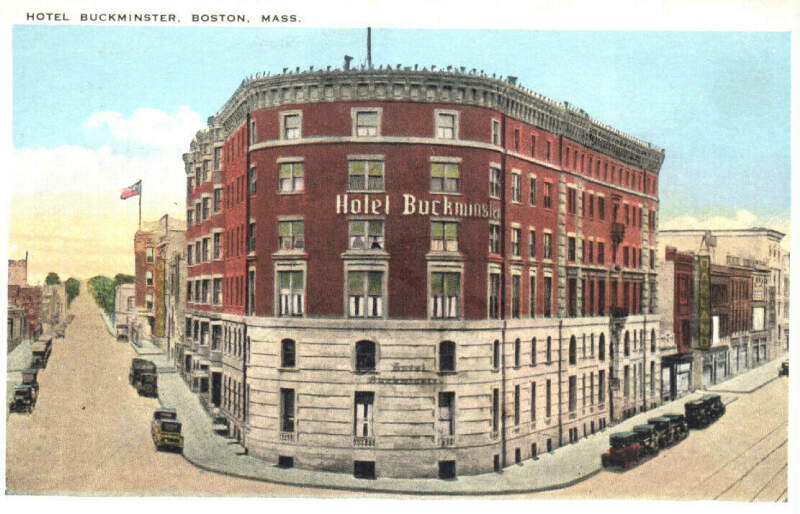
One of the first hotels was the Buckminster, located on the triangular intersection of Beacon Street and Brookline Avenue. Built in 1897, it had 200 rooms and was designed by the renowned architect Stanford White, who also worked on the design of the Boston Public Library as well as many of the elegant Back Bay townhouses on Beacon Street. The Buckminster featured apartment suites in addition to regular hotel accommodations. For a while, it was the largest building in the square. The Buckminster's biggest claim to fame is that it was the site of the first network radio broadcast.
WNAC Radio moved into new studios in the Buckminster July, 1929. Later that year, using a 100-foot antennae strapped to the buildings roof with clothesline, WNAC arranged the first network broadcast in the history of radio with station WEAF in New York City. This union formed a new company know as the Yankee Network. WNAC's owner John Shepard would later establish the first New England regional network of hometown stations. Anxious to expand the prestige of the Yankee Network, Shepard launched the Yankee News Service in March, 1934, the first independent news roundup on radio.
In the 40's, the Buckminster's role as a major Boston Hotel suffered a severe setback when a portion of the building was turned over to a detachment of military police and Italian prisoners of war during World War II. Though the hotel's reputation continued to weaken, WNAC kept right on with the times, converting most of it's studio space into some of Boston's first television studios which began broadcasting on Channel 7 in June, 1948. The TV and radio station operated on the site for twenty more years, enduring periodic changes of ownership and facility upgrades.
The Yankee Network eventually passed into history and the station became part of RKO-General, with the radio station changing it's call letters to WRKO and the TV station retaining the WNAC call letters. The Buckminster also underwent changes in ownership and in the 60's, it's name was changed to the Hotel St. George.
In 1968 the building was sold to the Cambridge School and renamed Leavitt Hall. WNAC by this time had moved to brand new studios in Government Center. Strangely enough, the college never made use of the complete radio and television production studios left behind in the basement of the Buckminster. They had already invested a great deal of money building broadcast facilities at 632 Beacon Street and couldn't afford to maintain both.
HOTEL
KENMORE
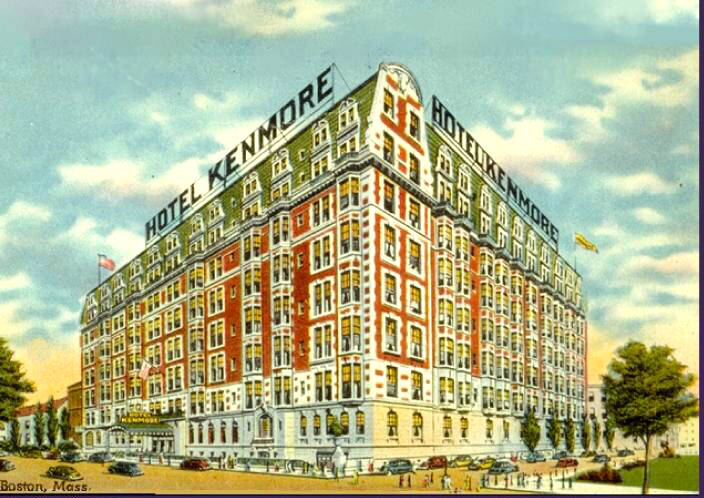
In 1915 a new apartment building known as Kenmore Apartments was
built at the corner of Kenmore Street and Commonwealth Ave.
After just a few years an addition was built, doubling the size
of the building. A 3rd-floor walkway bridge was added
connecting it with Wadsworth Hall, another apartment building
directly behind on Newbury street. Thus, Kenmore Apartments
became the new Hotel Kenmore, Wadsworth was used for
apartments creating the most luxurious and prestigious
hotel ever to grace the Square.
With 400 rooms, the Kenmore was one of the Boston's finest hotels boasting elegant accommodations and many guest services. In no time it soon became an important part of the local social scene. Some of the special guest room features included shampoo shower spray and circulating ice water, but what set it apart from the other hotels in the area was it's special relationship with the Boston Red Sox. In the years prior to World War II, the owners went out of their way to cater to the business of professional baseball. With Fenway park was just three blocks away they had the perfect location. The Kenmore soon became Boston's baseball headquarters. At one time, just after the war and while the Braves still belonged to Boston, all 14 visiting ball clubs stayed at the Kenmore. Even the Red Sox made it their headquarters when they returned from spring training, until the players could find private residences around the city. This made the Kenmore the only hotel in major league history that housed every visiting team. It's banquet and meeting facilities were also frequently used by team owners and management for business meetings.
Over the years, the Kenmore was the place where trades were
made, managers hired and fired, friendships begun and feuds
settled. It was also the scene of many post-game parties
featuring countless sports celebrities of the day. Casey
Stengel while manager for the Braves and later the Yankees would
hold court for sportswriters and guests into the late hours.
The hotel was actually an all-sports gathering place. The
Gridiron Club held its dinners there; American Football League
teams in town to play the Patriots stayed there; the college
football writers held their weekly luncheons in it's function
rooms. The Kenmore sports scene thrived throughout the fifties
and early sixties, but by 1965, the building had started to show
it's age and the construction of large hotels like the Sheraton
towers started to take away business from the Kenmore. It's last
owners, the Sonesta Hotel chain decided to sell the property to
the Cambridge School of Business, which had already been leasing
space in the building for student housing. Renamed Kenmore
Hall, the building became the main dormitory for Cambridge
School and later Grahm Junior College. When Grahm closed it's
doors in 1979, the property was purchased by Boston University
which converted both buildings into modern apartments for senior
citizen and special needs housing. The former Hotel Kenmore is
now called Kenmore Abbey.

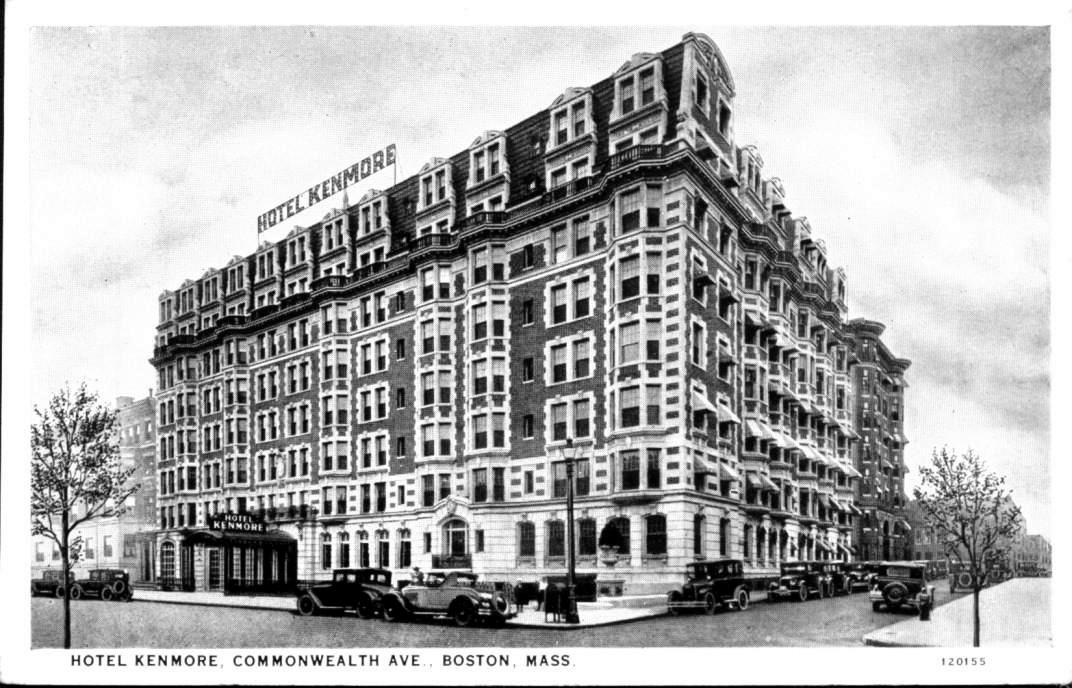
When first
constructed, Kenmore was only half of it's present day size, as
these before & after shots reveal.
Essays about the square and its environs
Our original work
How Kenmore Square Got Its Name
External Links
A Trip Down Automobile Road, Boston University, 2011
Digiplanet Kenmore Square - A fairly accurate, if incomplete description of the square and its history.
Tracing the Changing Face of Kenmore Square, Patrick L. Kennedy, 01.24.2013, BU TODAY
Grahm Junior College Wikipedia Entry - A fair first attempt, with a number of inaccuracies
Merged, Closed or Previously Accredited Institutions, New England Association of Schools and colleges (current)
